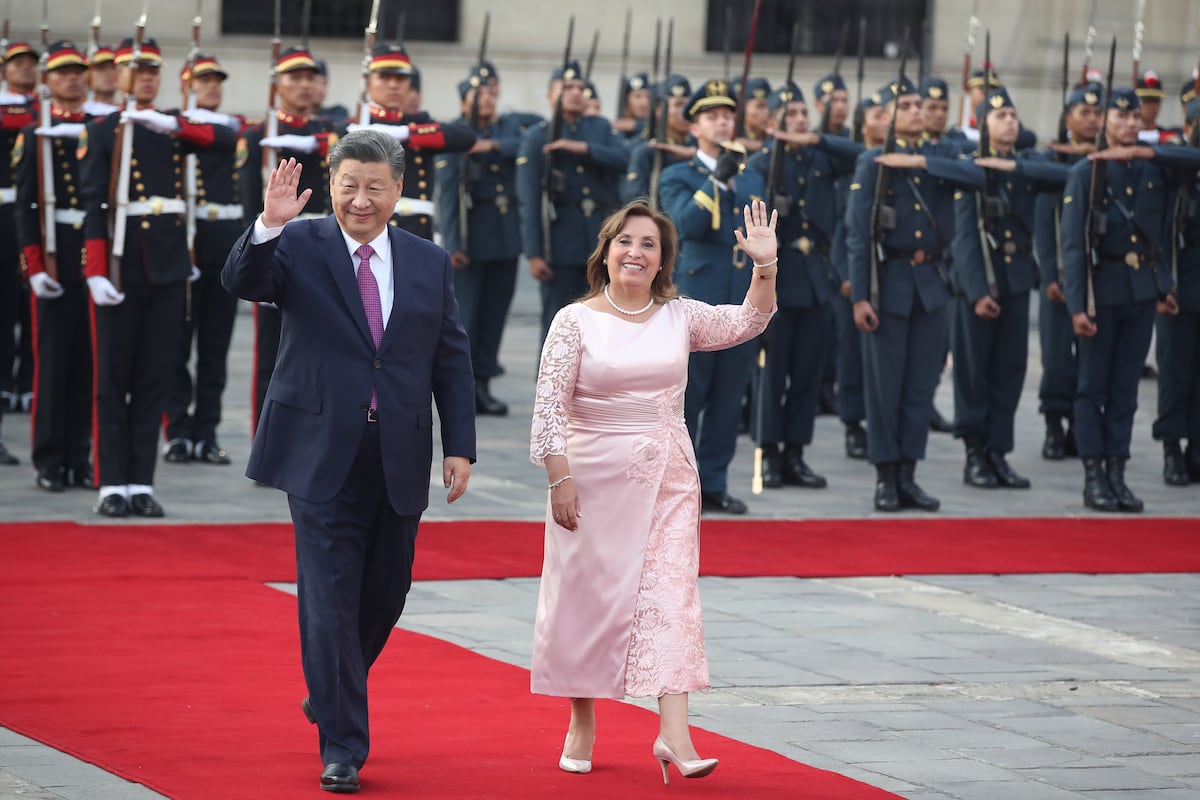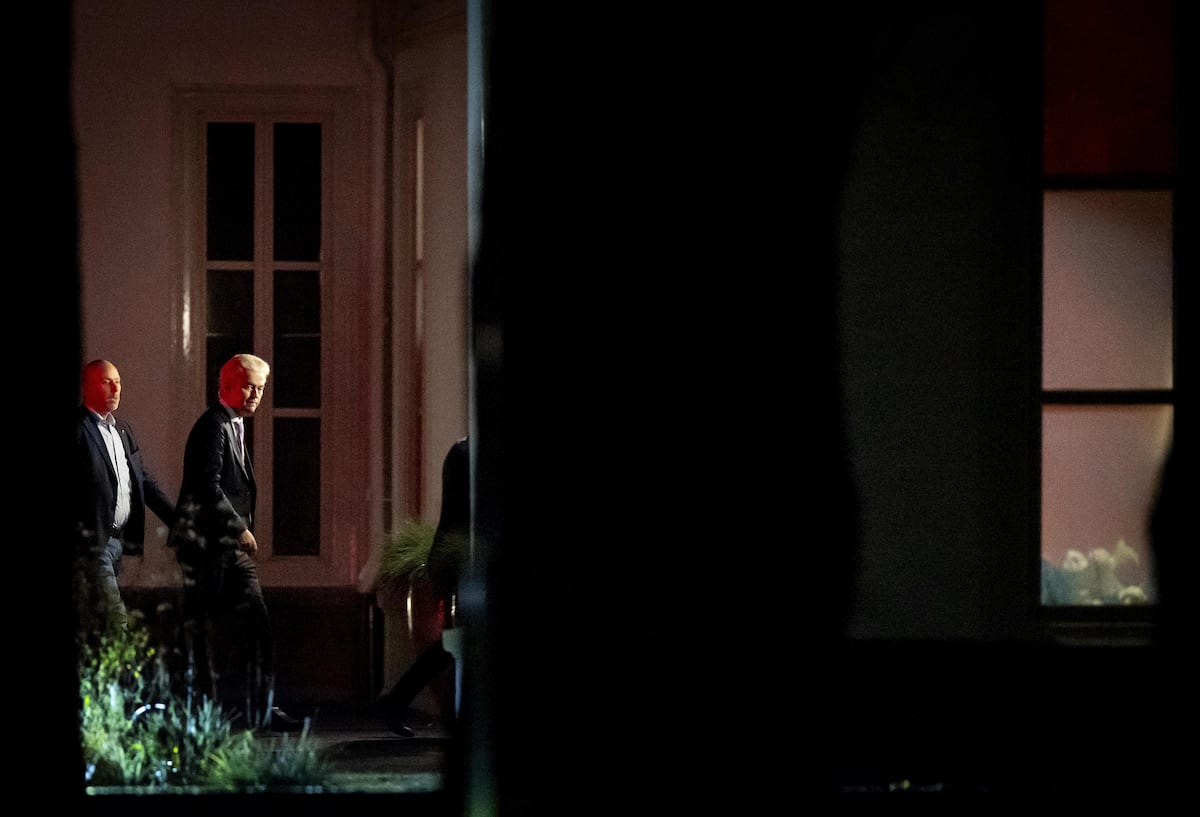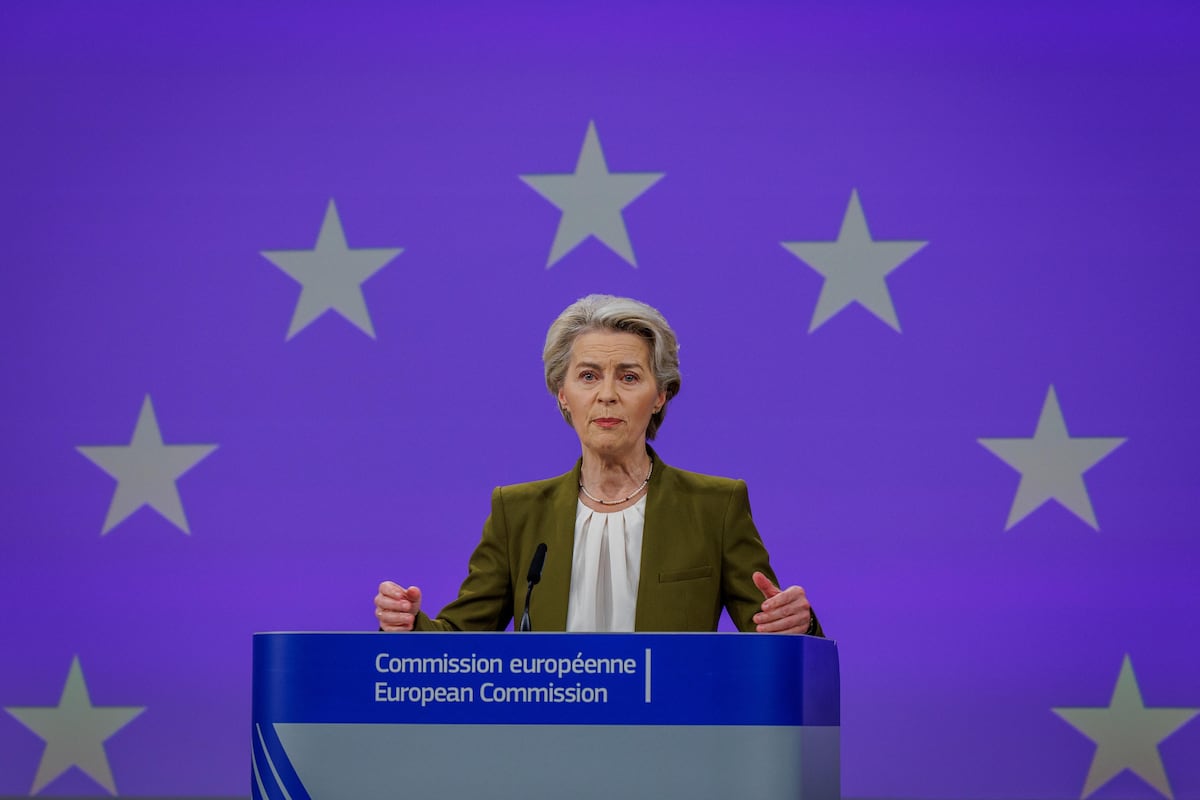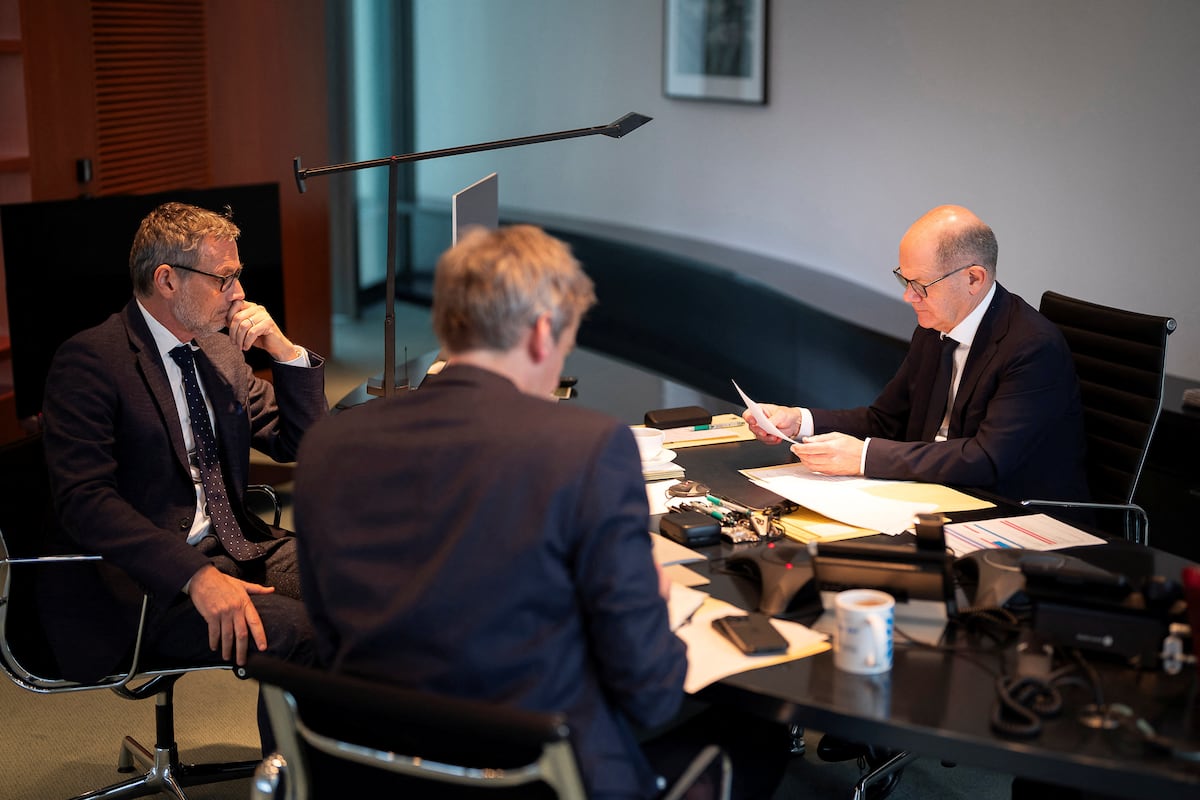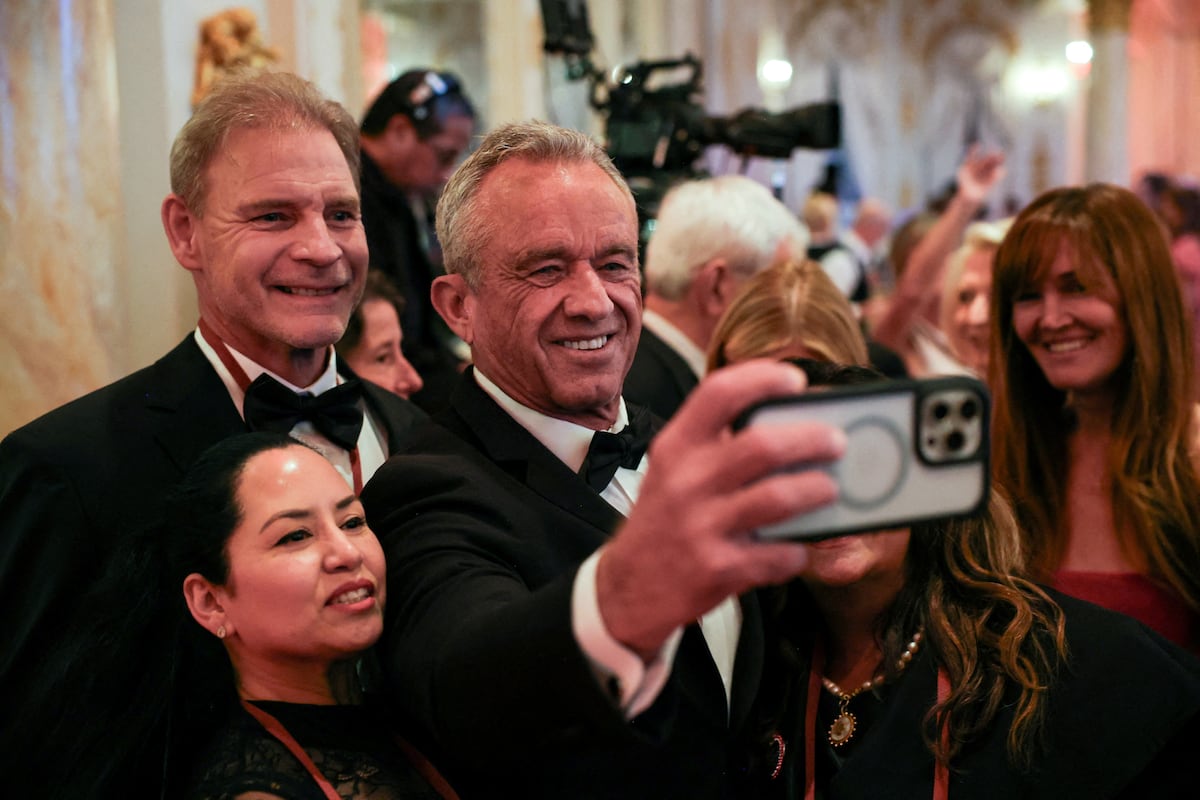China’s global expansion strategy passes through Latin America. And the trip to the region by Chinese President Xi Jinping is a reflection of how the Asian giant is achieving growing political and economic influence in the area, blurring the role of the West, and putting Washington and Brussels on alert. The Chinese president’s Latin American tour, his sixth visit since 2013, includes stops in Peru, where he is currently to attend the meeting of leaders of the APEC (Asia-Pacific Economic Cooperation) forum, and in Brazil, where he will attend the G-20 summit in Rio de Janeiro next week. In both events, his presence will be almost the antithesis of that of the American president, Joe Biden, who arrives shaken after the Democratic defeat in the November 5 elections, and with little to offer, while Beijing shows a shower of millions in investments.
The Chinese president landed in Lima on Thursday, just in time to inaugurate the deep-water port of Chancay, a gigantic work of the New Silk Road, the infrastructure megaprogram launched in 2014 with which China intends to connect to the world, whose Exclusive exploitation corresponds to the Chinese state company COSCO. It has cost about 3,400 million dollars (3,225 million euros) and is destined to become the main maritime node in Latin America. “China wishes, together with Peru, to use the port of Chancay as a starting point to create a new land and maritime corridor between China and Latin America, connecting the Inca Trail with the Maritime Silk Road of the 21st century, and opening a path towards shared prosperity for Peru and for the countries of Latin America and the Caribbean,” Xi said on Thursday during a bilateral meeting with Peruvian President Dina Boluarte, according to the Chinese press.
Peru is one of those places where you can observe the gravitation towards Asia in much of Latin America. The country lives a growing love affair with the People’s Republic, to the point that if Beijing wanted, it could interrupt Lima’s electricity supply: all the capital’s energy is in the hands of two Chinese state companies, after separate acquisitions in 2020. and 2023, which have already put different sectors in the Andean country on alert due to their monopolistic characteristics. The largest Peruvian copper company, Las Bambas, also belongs to a Chinese mining company, MMG. And in addition to Chancay, in March, the Peruvian Government awarded the construction of a new port to a subsidiary of another Chinese company, Jinzhao, which has an iron exploitation.
The equation is simple: China, the great global factory in need of resources, invests in projects linked to the energy sector, mining and infrastructure; Latin American countries, rich in raw materials and food, in return seek investments that accelerate their path towards industries with greater added value. As the Peruvian president, Dina Boluarte, expressed in July, after her state visit to China: “We saw the technology they have in scientific innovation and that they manage. We want to continue strengthening this bilateral relationship to receive all that scientific hub they have and we can have a different Peru.” His visit included a meeting with BYD, the company that competes with Tesla for the title of the largest electric vehicle manufacturer in the world, the spearhead of the Asian giant’s new technological manufacturing; They discussed, of course, the potential of the Chancay megaport to unload cars, in addition to the possibility of establishing an electric vehicle assembly plant in the Andean country.
The relationship with Peru, of which China has been the main trading partner for a decade, when it definitively surpassed the United States, is a reflection of what is happening in the entire region. In 2000, the Chinese market represented less than 2% of Latin American exports, but, in the following eight years, trade grew at an average annual rate of 31%; In 2023, the volume reached a record figure of 480 billion dollars (about 454 billion euros), according to the China National Customs Administration. The People’s Republic is today the first trading partner of South America, according to a recent article by the Council on Foreign Relations, a think tank based in New York. And the main exporters were Brazil, Chile and Peru, in this order.
The investment and credit figures in Latin America are also dizzying, although the pace has slowed in recent years. From 2010 to 2019, China invested an average of $14.2 billion a year in Latin America, according to data from The Inter-American Dialogue, a think tankbased in Washington. By 2022, that amount had been reduced to less than half, just $6.4 billion. The same organization points out that the trend is similar in the loans of the main Chinese development financial institutions: at its peak in 2010, Beijing lent more than 25 billion dollars to the region, surpassing the World Bank, but this figure It fell to just over 1.3 billion a year between 2019 and 2023.
Argentina, Brazil, Peru and Chile are, in this order, the countries that have received the most loans from Chinese commercial banks, mostly for energy, infrastructure and mining projects; Venezuela, Brazil, Ecuador and Argentina, which accumulate the largest volumes of Chinese development loans, according to the database of the Inter-American Dialogue and the Boston University Global Development Policy Center.
The Chinese presence also supposes a geopolitical harmony. Each inauguration, each new mine, is another pawn that Beijing advances on the board; Its special pull among the countries of the so-called Global South also facilitates the realization of the concepts of a multipolar world that Chinese leaders defend against what they call a unipolar world dominated by the United States. “We are now promoting changes in global governance,” said Wang Wen, dean of the Chongyang Institute of Financial Studies at Renmin University of China, in a talk in Beijing this week. Wang highlighted how the APEC forum summit and the G-20 offer an ideal setting to disseminate the Chinese global governance “philosophy.”
Since 2017, 22 Latin American and Caribbean nations have officially joined the New Silk Road; The Asian giant also has free trade agreements with Peru, Chile, Costa Rica and Ecuador and is in negotiations with Uruguay. Their accessions do not necessarily require political affiliation. An editorial from the official Chinese newspaper Global Timesemphasized on Thursday that despite the “different ideologies of the left and right parties in Latin America […] In terms of attitudes towards China, the political forces of Latin American countries are increasingly unified.”
The United States views the movements with suspicion. Washington considers this expansion a risk to its leadership, since in many cases these projects are accompanied by agreements that grant exclusive operating rights to Chinese state companies, a practice that could facilitate intelligence and surveillance activities to the detriment of security interests. American national. This week, researchers at the Atlantic Council, a think tank American, pointed out that, if a conflict broke out in Taiwan or somewhere in the South China Sea, Beijing has a network of 38 ports operated by COSCO – stretching from the Aegean Sea to the Panama Canal – that could ” pose a serious logistical challenge to foreign armies seeking to move ships or supplies to the Indo-Pacific.”
Biden, the outgoing US president, arrives at the APEC summit with little to offer. “Biden’s presence in Peru will be overshadowed by what Xi will come to inaugurate on the sidelines of his visit,” says the aforementioned article, recalling the new port of Chancay. The main proposal of his Administration to counter Chinese influence in the region, the text adds, has been the Alliance for the Economic Prosperity of the Americas, which aims to catalyze investment in the private sector and deepen commercial relations with its 11 founding members. , although the tangible benefits “are still to come.” Xi Jinping, for his part, hopes to take new cooperation agreements under his arm after his time in Lima and the G-20 summit in Rio de Janeiro. Both leaders will likely meet on Saturday. It will be their third and, with almost all probability, the last official interview as leaders of the first and second powers on the planet.

